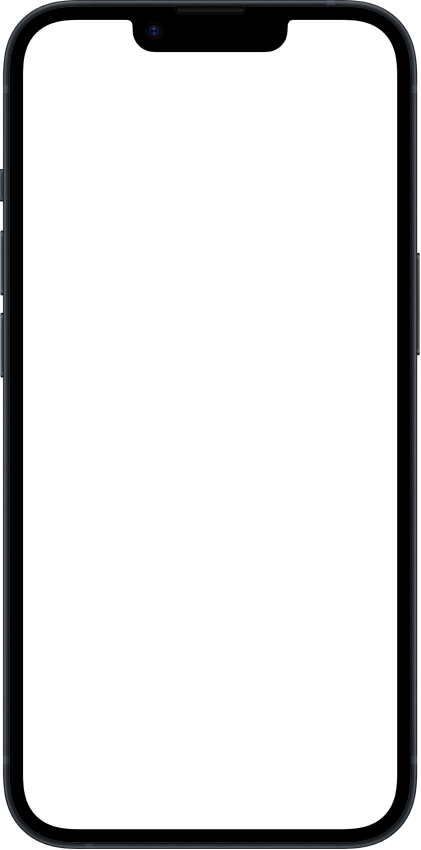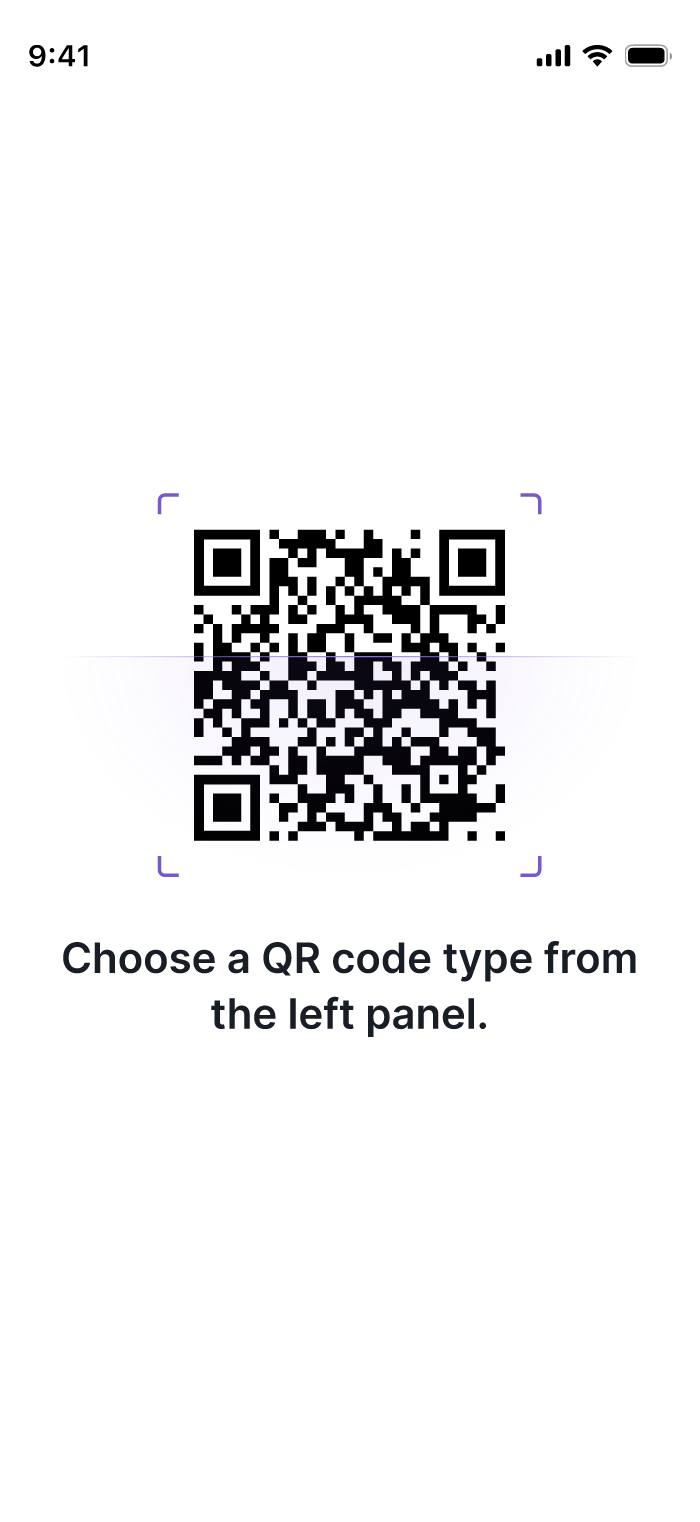QR Rapid
Create an MP3 QR Code – Share Audio Instantly
Transform audio files into scannable QR codes that play instantly on smartphones. Share music samples, podcasts, audio guides, voice messages, or sound recordings without requiring downloads or apps. Perfect for musicians, tour guides, museums, audiobook publishers, and businesses using audio content to engage audiences and enhance experiences.
No Credit Card Required
Real-Time Analytics
Edit & Customise Anytime
Want to generate other QR code types?
MP3
Share audio directly
MP3
MP3
Share audio directly
Website URL
Send users to any webpage
Website URL
Website URL
Send users to any webpage
Wi-Fi
Let users connect instantly
Wi-Fi
Wi-Fi
Let users connect instantly
Menu
Create a digital menu
Menu
Menu
Create a digital menu
Start a chat with one tap
Start a chat with one tap
Image
Showcase visuals
Image
Image
Showcase visuals
Coupon
Unlock special offers
Coupon
Coupon
Unlock special offers
Video
Play a video instantly
Video
Video
Play a video instantly
Open an email draft
Open an email draft
Text
Display simple text
Text
Text
Display simple text
vCard
Share contact details
vCard
vCard
Share contact details
Crypto
Accept Crypto payments
Crypto
Crypto
Accept Crypto payments
List of links
Share everything in one place
List of links
List of links
Share everything in one place
Show a downloadable file
Show a downloadable file
SMS
Trigger a text message
SMS
SMS
Trigger a text message
Event
Promote an event
Event
Event
Promote an event
APP
Link to your app
APP
APP
Link to your app
Social media
Link all your socials
Social media
Social media
Link all your socials
How to Create a QR Code for a MP3
Creating a QR code for MP3 audio files is quick and simple with QR Rapid's QR code generator. Follow these three steps to share audio content instantly:
Upload Your Audio File
Card 1 Text: Upload your MP3, WAV, or other audio formats. Ensure audio quality is clear and file size is optimized for quick mobile streaming without lengthy loading times.
Generate Your Audio QR Code
Card 2 Text: Create your MP3 QR code and customize it with your branding, colors, and descriptive frames like "Scan to Listen" or "Play Audio Guide" that tell users what to expect.
Share Across Multiple Channels
Card 3 Text: Download and display your QR code on album covers, museum exhibits, product packaging, marketing materials, or event programs. Users scan to stream audio instantly through their mobile browser.
Your Audio Library in Pocket Sized Format
Share music, podcasts, voiceovers, and audio messages through QR codes that play sound files instantly without downloads or apps. Musicians distribute demo tracks at events, educators provide pronunciation guides, museums offer audio tours, and brands create sonic experiences all through MP3 QR codes that make listening as easy as scanning while tracking audience engagement.

Music & Entertainment: Song Previews and Album Promotion
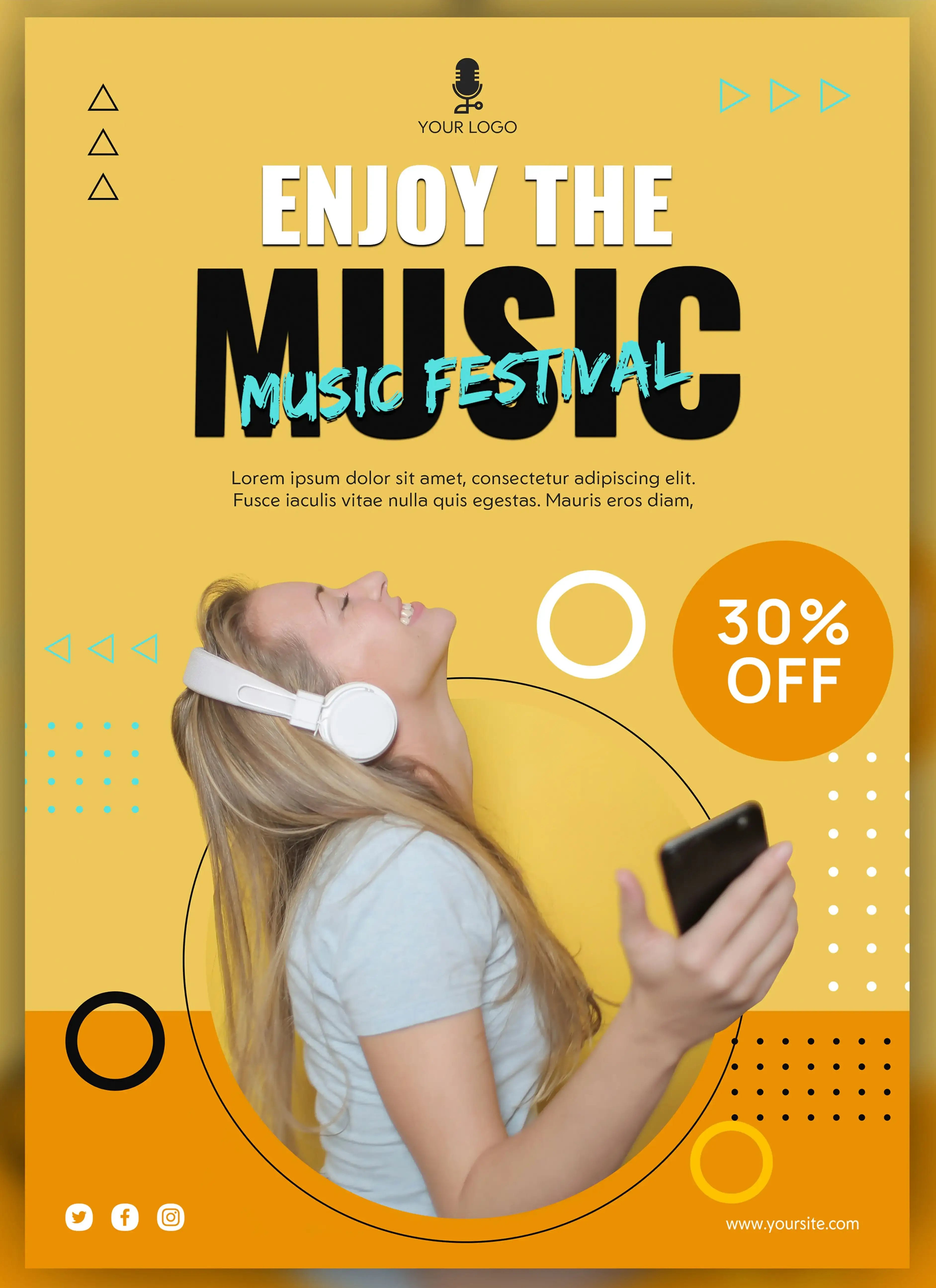
Museums & Galleries: Audio Tour Experiences

Tourism: Location-Based Audio Guides
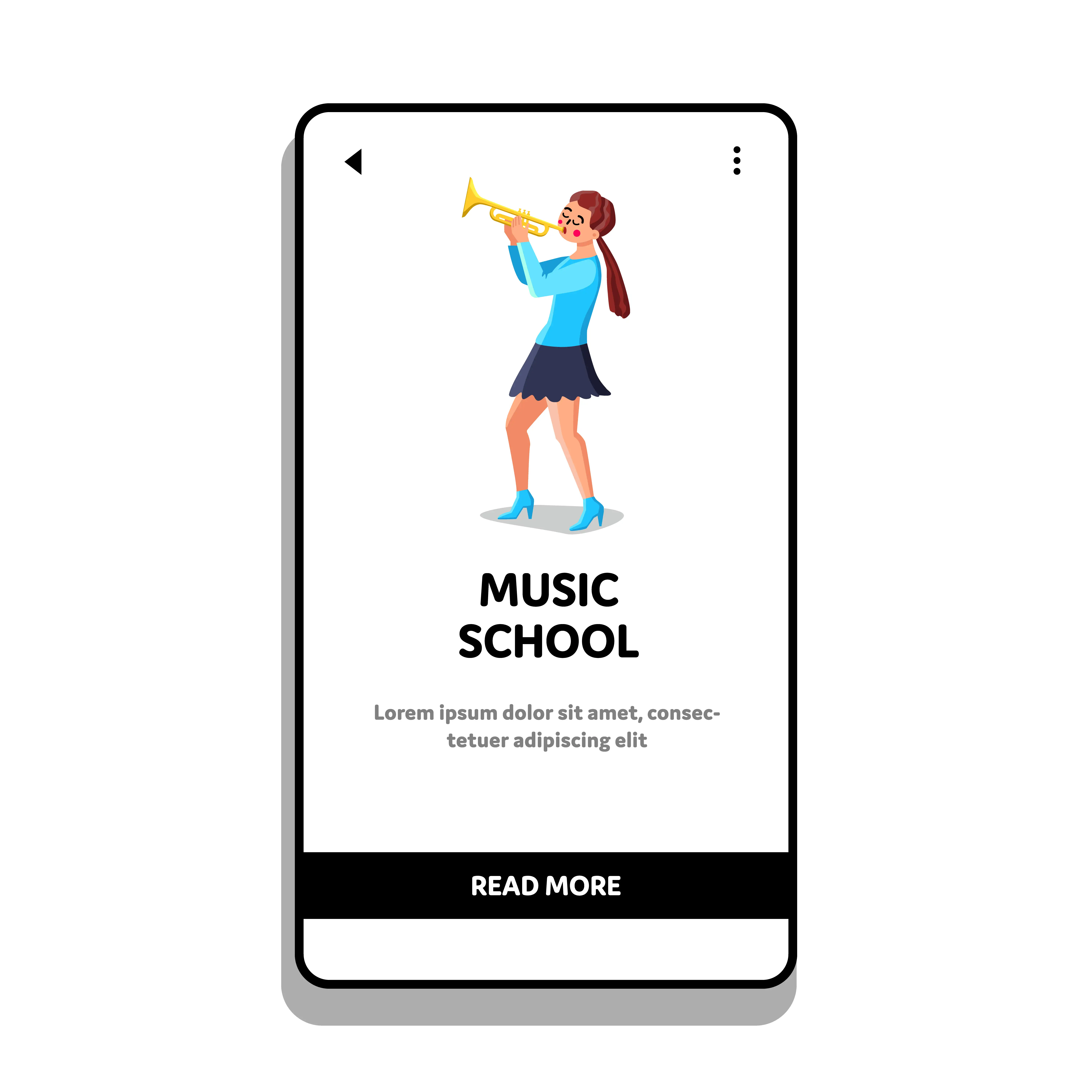
Education: Audio Learning Materials
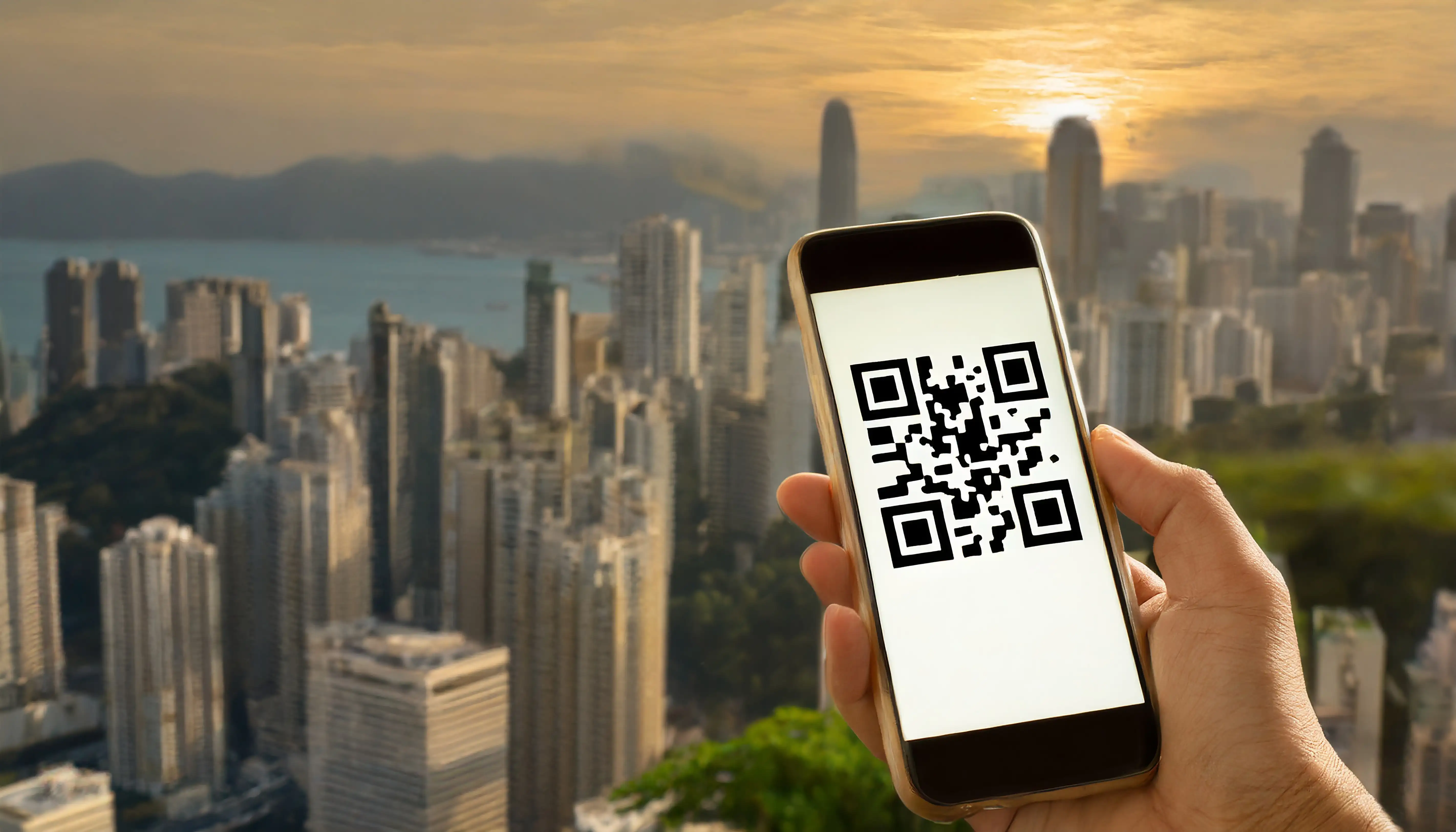
Real Estate: Property Audio Descriptions
Convert Audio Files to QR Codes Instantly with QR Rapid
QR Rapid makes it effortless to transform MP3 and audio files into scannable QR codes that stream instantly on any smartphone. Whether you're sharing music, educational content, or guided tours, our platform offers powerful features designed to deliver high-quality audio experiences. Create and manage your audio QR codes seamlessly.
Multiple Audio Format Support
- Upload MP3, WAV, AAC, OGG, and other common audio formats
- Automatic optimization for mobile streaming without quality loss
- Support for various bitrates and sample rates for different quality needs
Instant Streaming Playback
- Audio streams immediately without requiring downloads or storage
- Progressive loading allows playback to start before complete file loads
- Built-in player controls for play, pause, skip, and volume adjustment
Audio Playlist Creation
- Combine multiple audio tracks into sequential playlists through single QR codes
- Create album previews, audio tour chapters, or lesson series
- Users navigate between tracks easily with next/previous controls
Playback Analytics
- Track how many users play audio, average listening duration, and completion rates
- Identify which audio content drives the most engagement
- Monitor geographic locations where audio is accessed most frequently
6 Effective MP3 QR Code Implementation Ideas
Album Artwork: Direct Song Access
Print MP3 QR codes on album covers, vinyl sleeves, CD cases, and digital booklets providing instant access to featured tracks, bonus songs, or exclusive content. Physical album releases include codes on inside covers or liner notes linking to additional recordings, acoustic versions, or commentary tracks that enhance the listening experience beyond standard album content. Limited edition releases feature codes offering exclusive audio content available only to
Museum Exhibit Labels: Self-Guided Audio Tours
Mount MP3 QR codes on exhibit labels, wall text, and display cases throughout museums providing narrated descriptions, expert commentary, and contextual information that visitors access at their own pace. Permanent collection labels include codes offering detailed provenance histories, conservation stories, or curatorial insights that printed labels can't accommodate within limited space. Temporary exhibitions use easily remova
Product Packaging: Audio Instructions and Demos
Include MP3 QR codes on product packaging, instruction manuals, and warranty cards providing audio assembly instructions, usage demonstrations, and troubleshooting guides that supplement printed documentation. Complex product assembly benefits from step-by-step audio instructions that users follow hands-free while building, eliminating the need to repeatedly reference printed diagrams. Kitchen
Business Cards: Voice Introductions
Add MP3 QR codes to business cards providing personal voice introductions, service explanations, or portfolio overviews that differentiate your cards from generic contact information. Voice introduction audio creates immediate personal connection—recipients hear your voice, tone, and personality before initial meetings or calls. Service explanations in audio format clearly communicate what you offer, ideal for c
Tourism Signage: Location Audio Guides
Install weatherproof MP3 QR codes on tourism signage, information boards, and landmark plaques throughout destinations providing location-specific audio guides that enhance visitor experiences. Historical site signs include codes playing detailed historical accounts, eyewitness testimonies, or period-appropriate background music that contextualizes locations. Scenic overlook markers feature audio describing geographic features, geological formations, or
Event Programs: Speaker Session Recordings
Print MP3 QR codes in conference programs, event agendas, and workshop materials providing access to speaker recordings, presentation audio, or session highlights that attendees reference during or after events. Pre-event codes share speaker introduction audio, session previews, or topic overviews helping attendees choose which sessions to attend in multi-track conferences. Live event programs include codes for real-time session streaming allo
Looking for a different type of QR Code?
Our QR Code generator lets you transform your content into a suitable QR Code: Website URLs, Wi-Fi passwords, Social Media pages, digital menus, PDFs, business cards, and much more.
MP3 QR Code Explained: How They Work & Why Use Them
Understanding MP3 QR codes helps businesses and creators leverage audio content effectively across physical and digital touchpoints.
What is an MP3 QR Code?
An MP3 QR code is a scannable barcode that streams audio files directly to smartphones when scanned. The code links to cloud-hosted audio that plays through mobile browsers without requiring downloads, apps, or device storage. Users simply scan, and audio begins playing immediately through built-in web-based players. MP3 QR codes support various audio formats beyond just MP3, including WAV, AAC, and OGG, making them versatile solutions for any audio sharing needs.
How Do MP3 QR Codes Work?
MP3 QR codes encode URLs pointing to web-hosted audio files. When users scan codes with smartphone cameras, their devices open mobile browsers loading audio player pages. Audio streams directly from cloud servers to devices, playing through standard HTML5 audio players that work universally across all modern smartphones. Progressive streaming allows playback to begin immediately while remaining audio loads in background, creating seamless listening experiences without wait times. Users control playback through familiar interface elements—play buttons, progress bars, volume controls—matching their expectations from music apps and podcasts.
Benefits of Audio QR Codes for Content Sharing
Audio QR codes eliminate barriers between physical materials and digital audio content. Print media, packaging, signage, and products can't natively play sound, but QR codes bridge this gap instantly. Share unlimited audio content through tiny codes rather than including bulky CDs, USB drives, or printed transcripts. Update audio anytime without reprinting materials—fix errors, add languages, or refresh content while existing QR codes continue functioning. Track listening metrics impossible with physical media distribution, understanding exactly how many people accessed audio and how long they listened. Reduce storage and distribution costs by hosting audio centrally rather than reproducing physical media copies. Serve international audiences through multilingual audio options accessible from single codes, eliminating needs for separate versions of printed materials.
Audio Quality and File Size Optimization
Balancing audio quality with file size ensures optimal user experiences across varying internet connection speeds. Higher bitrates provide better audio quality but create larger files requiring longer load times. For speech content like tours or instructions, 64-128 kbps bitrates deliver clear intelligibility with small file sizes. Music and high-fidelity audio benefit from 192-320 kbps preserving sonic detail and dynamic range. Variable bitrate encoding optimizes file sizes by using higher bitrates during complex audio passages and lower rates during simpler sections. Mono audio for single-voice narration cuts file sizes in half compared to stereo without quality loss. Sample rate optimization balances frequency response with file efficiency—44.1 kHz matches CD quality while 22 kHz suffices for speech content.
Use Cases Beyond Music
While music represents obvious MP3 QR code applications, numerous other audio content types benefit from this technology. Guided meditations, sleep sounds, ambient noise, language learning lessons, audiobook samples, poetry readings, comedy clips, sound effects libraries, nature recordings, ASMR content, motivational speeches, testimonials, voice messages, oral histories, and audio journals all share effectively through QR codes. Business applications include voice memos, meeting recordings, training modules, sales presentations, customer testimonials, and product demonstrations. Educational uses encompass lecture recordings, study aids, pronunciation guides, and assessment explanations. Any scenario requiring convenient audio access benefits from QR code distribution.
Copyright and Licensing Considerations
Sharing audio through QR codes requires attention to copyright and licensing rights. Original content you create yourself—voice recordings, music compositions, or sound effects—can be shared freely through your QR codes. Licensed music requires appropriate permissions from copyright holders before distribution. Royalty-free music libraries provide licensed tracks specifically for commercial use in projects like tours or presentations. Public domain recordings no longer under copyright protection offer safe options for historical or classical content. Creative Commons audio allows sharing under specific conditions defined by creators. Spoken word content featuring interview subjects requires release agreements granting distribution rights. Document permissions clearly and maintain licenses proving legitimate rights to shared audio content.
MP3 QR Codes vs Physical Audio Distribution
MP3 QR Codes
Modern audio sharing solution
Instant Access - Scan and stream audio immediately without downloads or storage
Zero Physical Costs - Eliminate expenses for CDs, USB drives, or media reproduction
Unlimited Distribution - Share audio with unlimited listeners through single codes
Update Anytime - Replace or modify audio content without reprinting materials
Detailed Analytics - Track play counts, listening duration, and audience engagement
Multilingual Support - Offer multiple language versions accessible from same code
Environmentally Friendly - Eliminate plastic and packaging waste from physical media
Internet Required - Streaming depends on cellular data or Wi-Fi connectivity
No Offline Access - Users cannot listen without active internet connections
Data Usage - Streaming consumes mobile data plans for users without Wi-Fi
Battery Dependent - Requires charged devices to access audio content
Physical Audio Distribution
Traditional media format
Offline Listening - Play audio anywhere without internet or connectivity requirements
Permanent Ownership - Users keep physical copies without access dependencies
No Data Usage - Listening never consumes cellular data or requires Wi-Fi
Tangible Product - Physical media provides collectible or gift-worthy items
High-Fidelity Options - Vinyl and lossless formats offer maximum audio quality
Universal Compatibility - Works with any CD player or audio equipment
Production Costs - Expensive manufacturing, packaging, and shipping expenses
Limited Distribution - Reach constrained by physical inventory and distribution channels
Cannot Update - Audio content permanent once manufactured and distributed
Storage Requirements - Physical media needs warehousing and inventory management
Environmental Impact - Plastic, paper, and packaging create significant waste
Fragile Media - Discs scratch, degrade, or become damaged reducing playback quality
Obsolete Technology - Decreasing availability of playback devices for CDs and other formats
Frequently Asked Questions About MP3 QR Codes
How do I create an MP3 QR code?
Can I update audio files after creating the QR code?
What audio formats can I upload?
Do users need to download audio files?
Can I create audio playlists with one QR code?
How long can my audio files be?
Can I see who listens to my audio?
Still have questions?
Can’t find the answer you’re looking for? Please chat to our friendly team.
